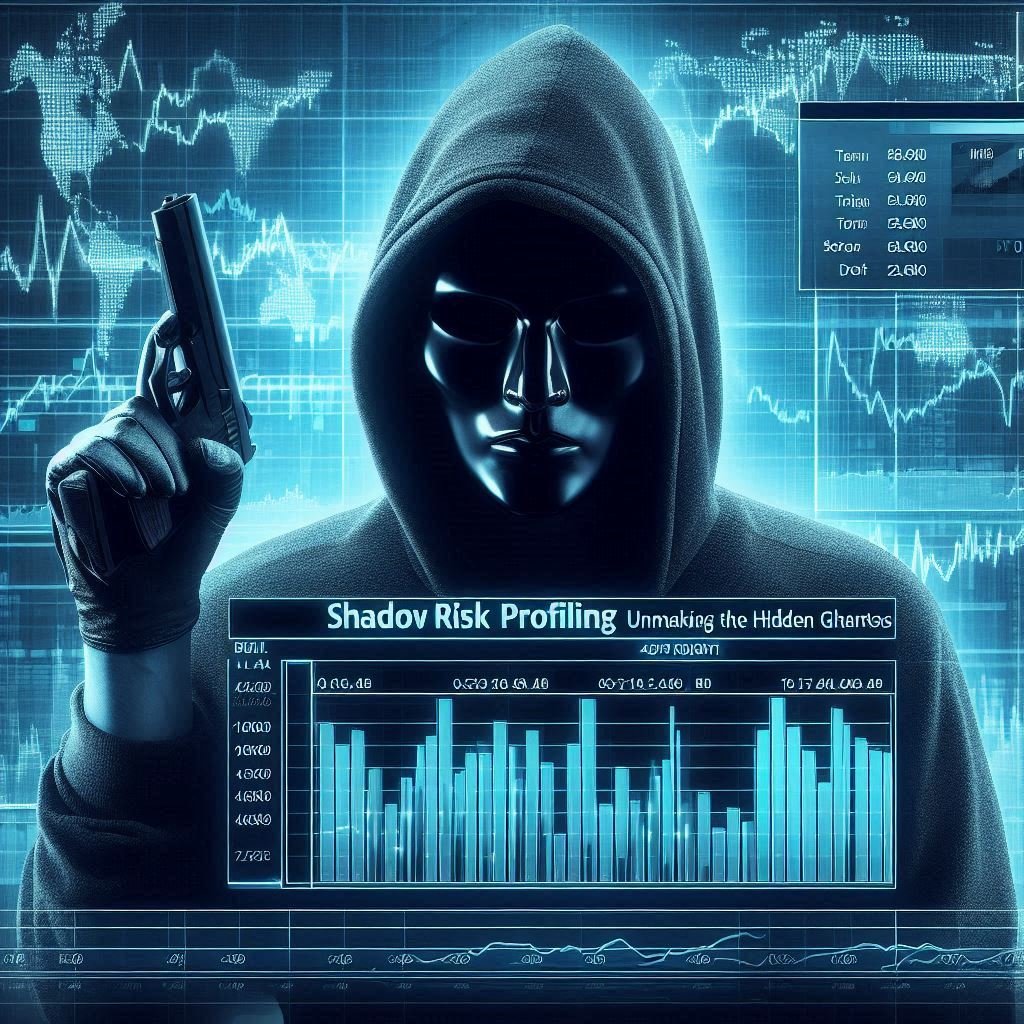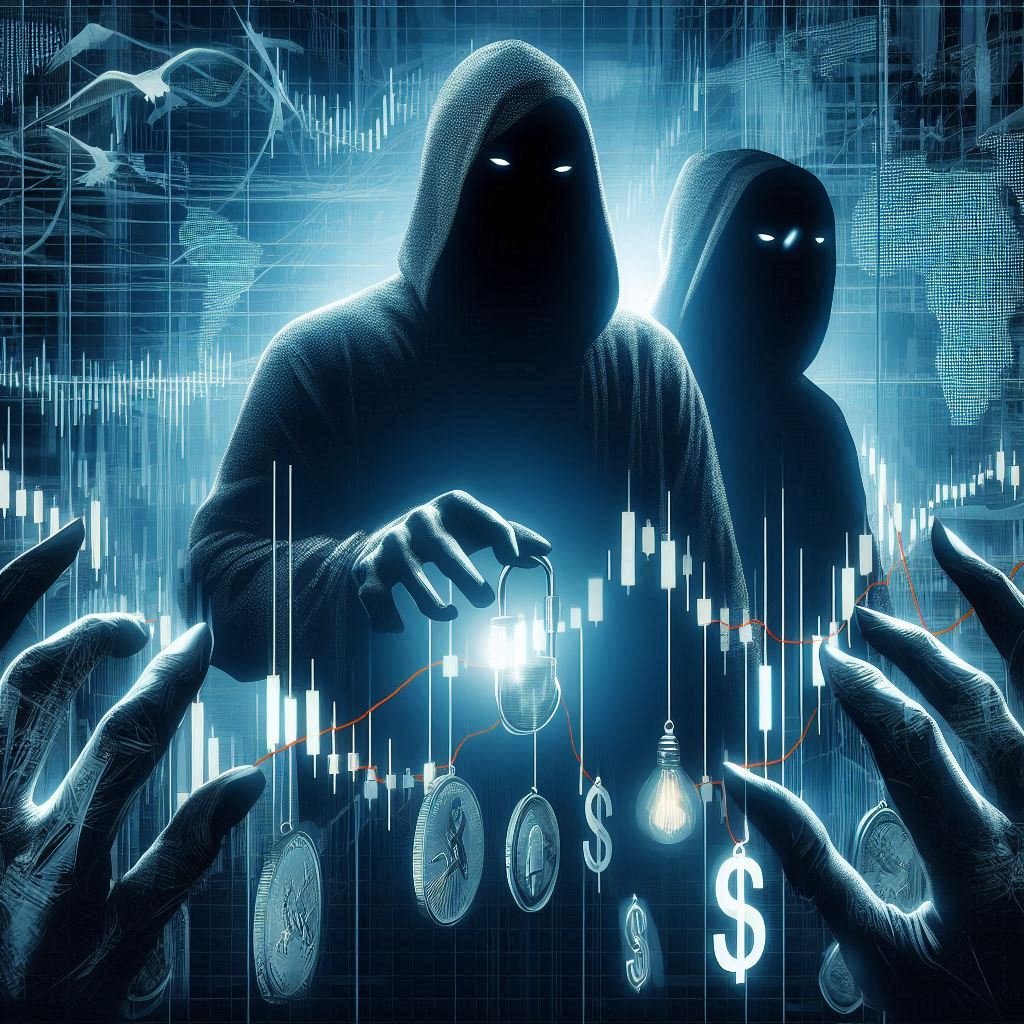Picture a sleek submarine gliding silently through the ocean’s depths. Sonar pings echo into the darkness, bouncing back images of reefs, rocks, and enemy vessels. But what about the silent threats that sonar can’t catch—thermal currents, pressure pockets, magnetic fields? Invisible forces that can silently pull the submarine off course or crush it from within.

In the realm of prop trading, this is exactly what Shadow Risk Profiling is designed to confront: the unseen dangers beneath the surface, the hidden risks traditional models fail to detect in the noise and chaos of high-frequency markets.
Prop trading, or proprietary trading, is a game of speed, precision, and calculated risk. Firms put their own capital on the line, deploying advanced algorithms, razor-sharp traders, and bleeding-edge technology to extract profit from micro-movements in the market. It’s a high-stakes race where milliseconds separate the winners from the washed-out. But in this blur of data and execution, not all risks wear a name tag.
Traditional risk models are like floodlights—they’re powerful, broad, and illuminate most of the terrain. But some risks live in the shadows, between the cracks of volatility models, VaR reports, and correlation matrices. These are shadow risks: the unpredictable feedback loops, hidden counterparty exposures, sudden liquidity vacuums, or even behavioral biases embedded in an AI’s decision logic.

Shadow Risk Profiling is the art—and emerging science—of identifying these ghosts before they become threats.
Imagine a prop trading desk as a high-speed train running on algorithmic rails. The train knows every scheduled stop, every curve in the track. But what if there’s a patch of black ice ahead? What if a micro-glitch in a third-party data feed corrupts a trading signal? What if one asset’s price surge triggers an unexpected correlation event in another, seemingly unrelated, instrument?
These are the scenarios that traditional models either underestimate or ignore completely.
Shadow Risk Profiling dives into the “why” behind the “what.” It looks beyond market data to meta-data: the behavior of the algorithm, the latency of decision paths, the interdependencies between strategies, and the psychological trends of traders under pressure. It’s like equipping your prop desk with thermal vision—not just seeing where the market is, but where it’s heating up in ways no one expects.
This becomes especially vital in high-frequency environments where the sheer velocity of trades magnifies every anomaly. A 10-millisecond delay, a data mismatch, or a hidden dependency can trigger cascading failures. In prop trading, those milliseconds are costly—both in dollars and in reputation.
Shadow Risk Profiling also learns from what doesn’t happen. If a strategy consistently avoids certain trades during specific market phases, is it caution—or is there a hidden parameter silently steering the ship? If your risk exposure always drops slightly after 2:00 PM, is it a coincidence—or a subtle flaw in how your models respond to market structure changes post-lunch hours?
The beauty of Shadow Risk Profiling lies in its holistic sensitivity. It fuses behavioral analytics, machine learning, anomaly detection, and network analysis to paint a picture of risk that’s beyond the obvious. Think of it as a sixth sense for prop trading teams—a whisper in the ear when the storm is still over the horizon.
As proprietary firms push the boundaries of speed and sophistication, ignoring the shadows becomes perilous. The next flash crash, the next liquidity freeze, the next “model gone rogue” might not come from bad math—but from a blind spot no one thought to check.
In a world where everyone’s building brighter lights, Shadow Risk Profiling suggests it’s time to master the darkness.
Because in prop trading, survival isn’t just about seeing what’s in front of you—it’s about sensing what’s hiding just out of sight.




